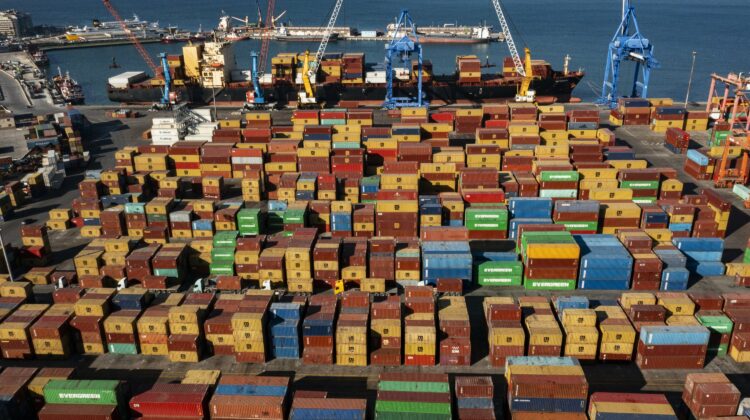
India’s exports to China rise 8.74% in FY24 but remain below pre-pandemic levels
NEW DELHI : India’s exports to China increased by 8.74% from $15.33 billion in FY23 to $16.67 billion in FY24, according to Commerce Ministry data, while imports from China rose 3.29% to $101.75 billion in FY24 from $98.51 billion in FY23
Mr. Ajay Srivastava, Founder of Global Trade Research Initiative (GTRI), said, “India’s trade with China is a continued concern. In FY24, India’s exports to China were $16.67 billion, even lower than in FY19, and consisted mainly of raw materials and minerals.” Meanwhile, imports from China grew from $70.3 billion in FY19 to $101.75 billion in FY24. Over the past five years, India’s trade deficit with China has totalled more than $387 billion, he said.
“India’s reliance on China is expected to increase due to rising imports of materials for solar energy, electronics and electric vehicles. Additionally, many Chinese companies in India are likely to prefer buying supplies from China,” Srivastava added.
For FY24 as a whole, India’s merchandise exports stood at $437.06 billion, down from $451.07 billion during the previous fiscal. Goods imports fell to $677.24 billion from $715.97 billion in FY23. The main drivers of merchandise export growth during FY24 were electronic goods, drugs and pharmaceuticals, engineering goods, iron ore, cotton yarn/ fabric, handloom products, and ceramic products & glassware.
China’s economy has been grappling with significant challenges of late, including declining property investment, accumulating debt risks, and weak consumption growth. In calendar year 2023, China’s merchandise exports contracted in dollar terms for the first time since 2016, with overall exports declining by 4.6%, the commerce ministry data indicated.
Total merchandise imports by China also declined 5.5% in 2023. Key items exported to China that saw significant growth in FY24 included iron ore, cotton yarn, cotton, quartz, unwrought aluminium and sanitary items.
Queries emailed on Thursday to the commerce ministry spokesperson and the Chinese embassy were not immediately answered.
India’s merchandise trade deficit narrowed to $15.6 billion in March from $18.71 billion in February and $16.02 billion in January, the ministry data showed. This was the lowest in 11 months. The last time the deficit was lower was in April 2023, when it came in at $14.44 billion.
India has been trying to shift its trade strategy from east to west by looking to sign free-trade agreements with major economies. Negotiations are underway with countries such as the US, UK, Australia, Japan, Peru, Chile and Asean countries. By the end of 2024, India could sign, or be close to signing, FTAs with all major economies except China. India and China trade under the Asia-Pacific Trade Agreement (APTA), which provides concessions on certain goods.
To meet the increasing demand for goods and services and promote the ‘Make in India’ initiative, the government has implemented various measures to boost domestic manufacturing and reduce dependence on imports. One such initiative is the production-linked incentive (PLI) schemes in 14 critical sectors including electronics, pharmaceuticals, white goods, telecom and networking products, which are heavily dependent on imports.
These initiatives have reduced India’s dependence on imports, the government said, adding that imports of mobile handsets decreased from ₹48,609 crore in FY15 to around ₹6,685 crore in FY23.
